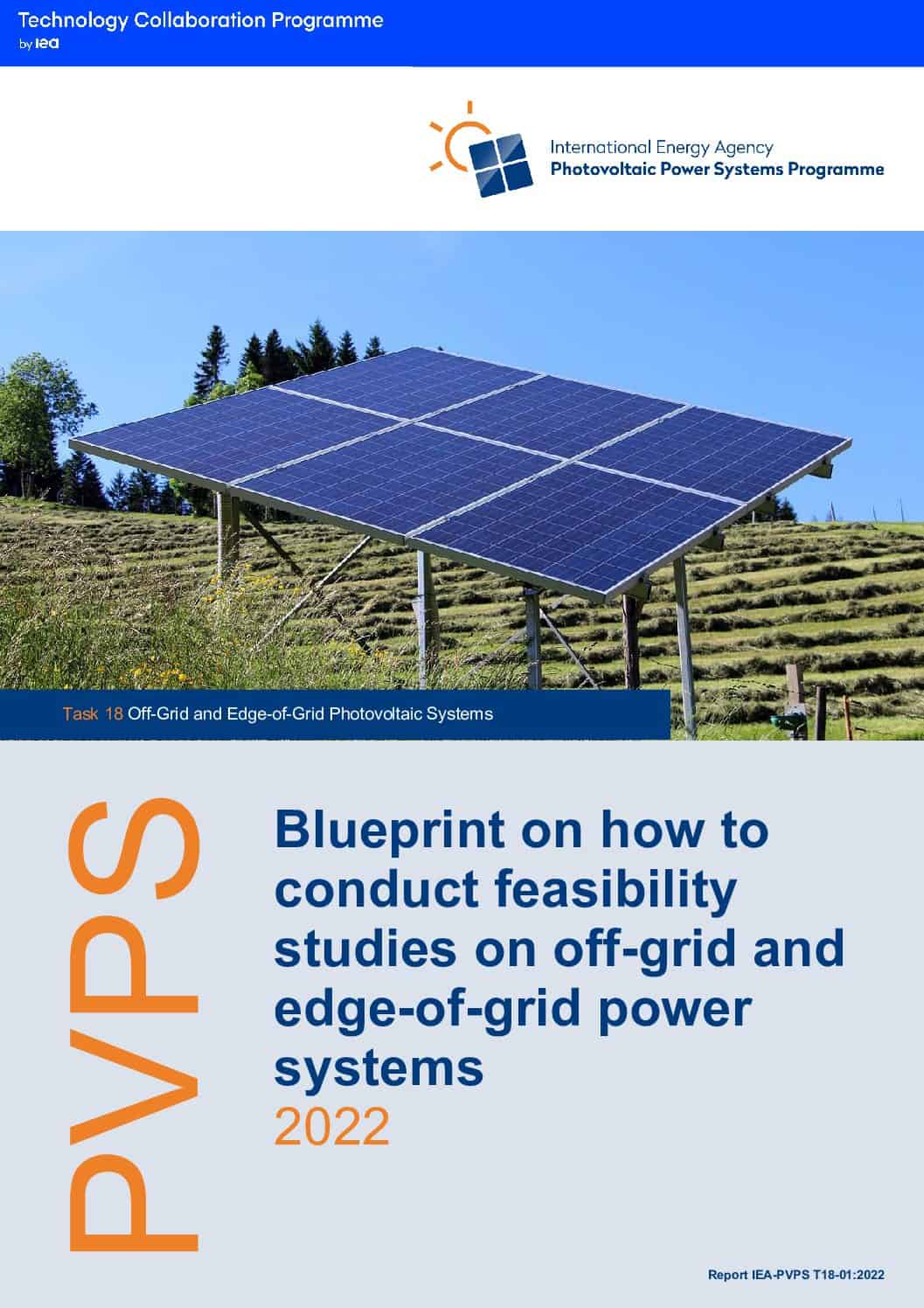This blueprint provides a step-by-step guideline on how to conduct feasibility studies for off-grid and edge-of-grid power systems. By following the process, one should be able to conduct an effective feasibility assessment for a photovoltaic based off-grid or edge-of-grid power system.
All feasibility studies are different; every project develops in a unique context that consists of different locations, stakeholders, site conditions, aims, constraints, and opportunities. In this blueprint, clear and concise definitions of what a feasibility study is and when and why they should be undertaken in the context of Off-Grid and Edge-of-Grid power systems, provide a solid foundation from which a study can be undertaken.
The blueprint breaks a feasibility study down into the following four stages:
1. Determining the nature and extent of the feasibility study.
2. Gathering information and data.
3. Modelling and analysis.
4. Assessment and recommendations.
Each stage is then split into the following three key project areas that are used to discuss and guide each stage of a feasibility study:
1. Organisational.
2. Financial.
3. Technical.
By following the process outlined in the blueprint, a project manager will be able complete an effective feasibility assessment for a photovoltaic based off-grid or edge-of-grid power system. After conducting a feasibility study of this nature, stakeholders will have a very clear understanding of whether an Off-Grid or Edge-of-Grid PV is feasible, what such a system looks like, the steps required to proceed with a system installation, and how much it is likely to cost.
